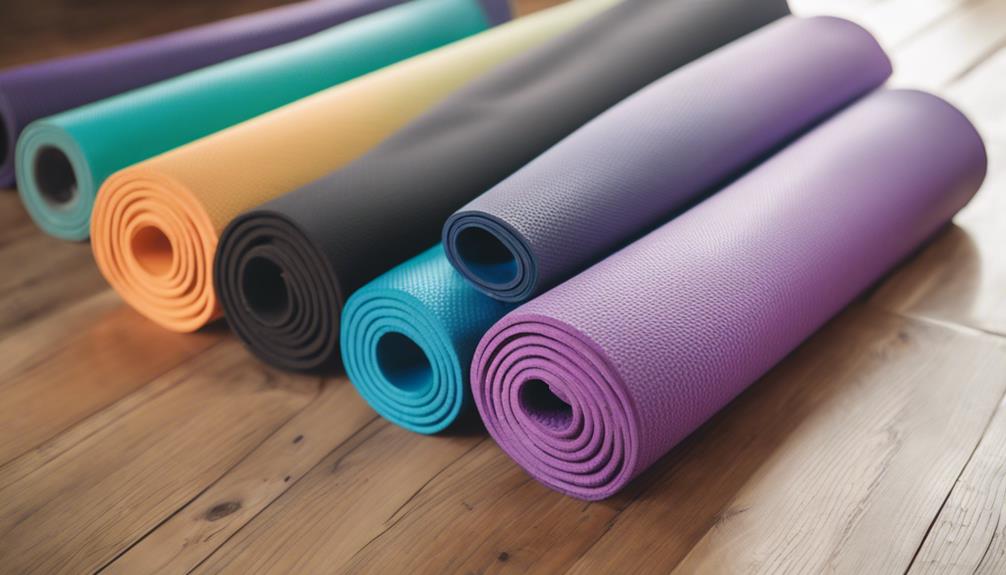Is Yoga Considered Resistance Training? ===
Yoga is often celebrated for its ability to enhance flexibility, promote relaxation, and improve overall well-being. However, a question that frequently arises in fitness circles is, "Is yoga considered resistance training?" While traditionally associated with stretching and mindfulness, yoga also incorporates elements that can engage your muscles and promote strength. In this article, we’ll explore the nuances of yoga and its classification as resistance training, providing insights that may surprise you!
Stretching Our Minds: Is Yoga Actually Resistance Training?
When we think of resistance training, we typically envision activities that utilize weights, resistance bands, or bodyweight exercises targeting specific muscle groups. However, yoga poses — particularly those that require you to hold your body weight in various positions — can indeed provide a unique form of resistance. Poses like Plank, Warrior, and Tree pose challenge your muscles to work against gravity, thereby creating resistance that can enhance strength.
Moreover, many styles of yoga, such as Vinyasa and Ashtanga, emphasize flowing movements that engage multiple muscle groups simultaneously. This dynamic approach not only helps improve strength but also builds endurance. So, while yoga may not fit neatly into the conventional definition of resistance training, it certainly incorporates elements of it — particularly when practiced with intention and awareness.
Another compelling aspect of yoga is its focus on isometric strength. Isometric exercises involve holding a position to engage muscles without changing their length. Many yoga poses require practitioners to maintain a posture for an extended period, effectively engaging and strengthening muscles. This aspect of yoga can be likened to traditional resistance training, where muscle engagement is key to achieving results.
Flexibility Meets Strength: The Yoga Resistance Debate!
As we delve deeper into the yoga resistance debate, it’s essential to consider the physiological benefits of combining flexibility with strength. Yoga encourages the elongation of muscles, increasing flexibility while simultaneously building strength through resistance. This combination is particularly beneficial for athletes and fitness enthusiasts, as improved flexibility can enhance performance and reduce the risk of injury.
In addition, yoga can serve as an excellent complement to traditional resistance training routines. Incorporating yoga into your weekly regimen can help improve recovery times, increase range of motion, and foster a deeper mind-body connection. By integrating yoga, you can enhance your overall physical performance while still engaging in focused resistance training exercises, creating a well-rounded workout regime.
Furthermore, many strength trainers are beginning to recognize the value of yoga for developing core strength. Core stability is vital for effective resistance training, and yoga poses like Boat pose and Side Plank actively engage the core muscles. By incorporating yoga into your workout routine, you can enhance your core strength, which can subsequently improve your performance across various resistance training exercises.
Is Yoga Considered Resistance Training? ===
In conclusion, while yoga may not fit the traditional mold of resistance training, it undeniably incorporates elements that engage and strengthen muscles. From isometric holds to dynamic movements, yoga offers a unique blend of flexibility and strength training that can be beneficial for practitioners of all fitness levels. So, whether you’re a yoga enthusiast or a resistance training aficionado, consider embracing the best of both worlds. After all, fitness is about finding what works for you and enjoying the journey along the way!
